Proper nutrition is the key to a healthy kitten. Do you want your pet to grow up healthy and strong? Then immediately start reading this post!
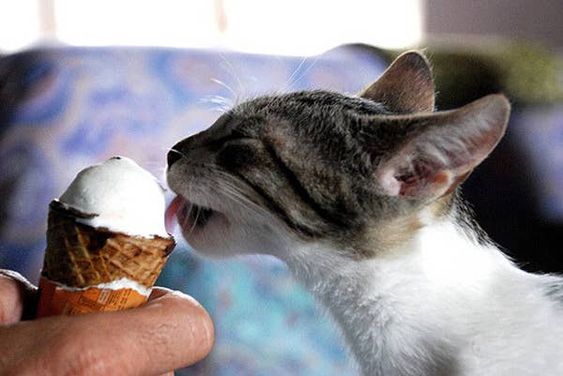
Where to begin
Habits play a special role in the life of kittens, so it is necessary to accustom your pet to a strict daily routine as soon as possible.
Try to feed your kitten at the same time, choosing a quiet, calm and secluded place as far from the litter box as possible.
For feeding, select a surface that is easy to clean or use a kitten feeding kit. Use only clean dishes, because kittens are, in fact, very demanding creatures. Some people prefer shallow bowls or saucers, and the use of such utensils will help slow down the eating process, which is extremely important for active and fussy kittens who eat too quickly.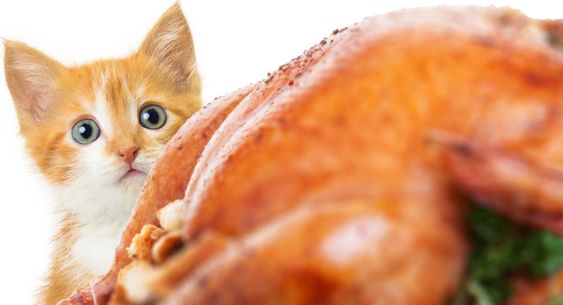
If you have multiple kittens at home, make sure their bowls are separated and not side by side, this will help you avoid conflicts between pets. If the kittens do not get along at all, you will have to organize feeding for them in different places of the house.
Preparing and storing food
Try to feed your pet food that is moist at room temperature, so it smells better and is easier to digest. In this case, it is advisable to either take the food out of the refrigerator about an hour before feeding the kitten or warm it up in the microwave, just do not forget to make sure that it does not get too hot!
Wet food dries quickly, so do not leave it outdoors. Once you have opened the wet food container, do not store it for more than 24 hours, even in the refrigerator.
Dry food, unlike wet food, can be left on for the whole day, without spoiling it. It should be stored in a dry, clean place, ideally in an airtight container or box, so that it retains its flavour and aroma.
How much food is optimal for a kitten?
Kittens can grow very quickly and seem to have a great appetite, but even their eyes can be larger than their tiny stomachs! Here are some tips to help you figure out how much food your pet needs.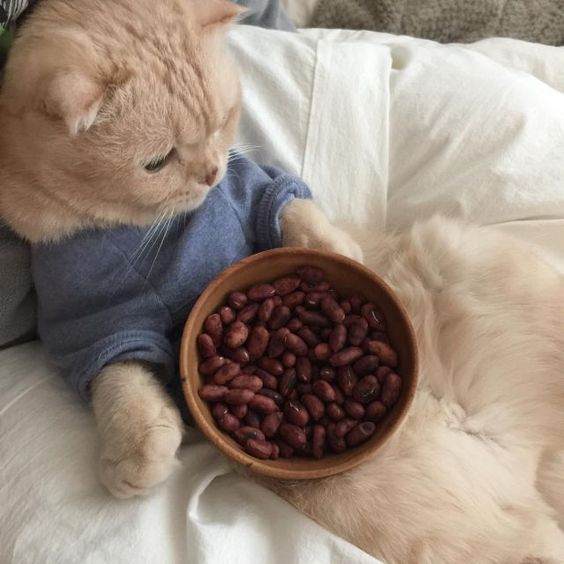
- Four small meals a day is what kittens need after being separated from their mother cat. If your daily routine does not allow you to feed your kitten four times a day, three meals a day can be preferred, but in this case, try to leave some dry food for your pet as a snack. Better to use only dry food, and then you do not have to worry about the fact that it will lie in the bowl all day because it will not go bad anyway.
- When kittens grow up, it is worth reducing the amount of food to three portions a day. By the age of six months, kittens can be transferred to two meals a day. Remember, unlike dogs, cats are trained to eat small meals frequently, so they need to be fed more than once a day under any circumstances!
- Always read the food instructions on the packaging of your kitten food carefully. At the same time, remember that this is a must, but by no means an exhaustive condition for correctly determining the portion size. If necessary, it will be useful to seek advice from a specialist. Remember: the most important thing is that your pet is healthy and in great physical shape!
Treats for kittens
In addition to a diet that involves eating full portions of food several times a day, absolutely no supplementation is required, since your pet will already receive all the necessary nutrients and trace elements. At the same time, some foods (such as treats, snacks, and meals made entirely of fish or meat) do not contain all the nutrients that cats need to survive. Therefore, if you feed your kitten with such food, make sure that your pet still gets all the trace elements necessary for its development.
Remember, while treating yourself to treats is a great way to build a relationship with your kitten, you should be careful not to overdo it as your pet is growing.
But feeding the kitten from the table is clearly not the best idea. Foods made for humans are high in calories but lack the nutrients your pet needs. Moreover, certain types of food can even harm the kitten, causing stomach pains.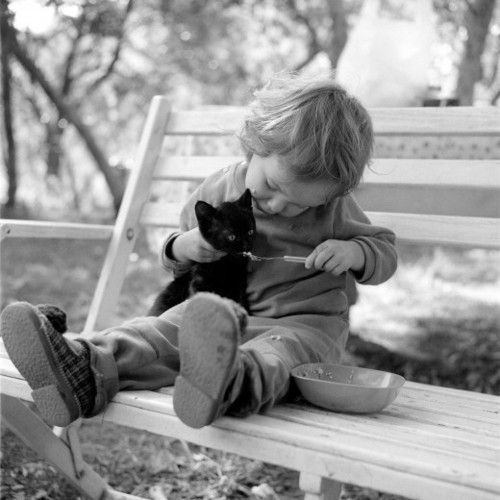
Most cat treats are not intended to be consumed by tiny kittens and may contain too many calories. There is another problem – the large sizes of desserts can cause shortness of breath and even choke in a small pet.
It is best to wait until the kitten is a little older before giving him treats. However, even after a few months, you should carefully select desserts designed specifically for kittens. In addition, it is important to maintain a nutritional balance: so, when your pet grows up, the calorie content of treats and snacks should not exceed 10-15% of the daily needs of his body. And in order to avoid overeating, do not forget to reduce the volume and calorie content of the pet’s main diet – preferably, strictly by the same amount of calories that the kitten receives from the treats.
Kittens picky about food
Is your kitten growing up a real fussy and refusing food offered to him? Trust me, you are not alone – this is a very common problem! Many kittens have their own preferences and habits regarding the taste, appearance and smell of food, and if you offer your pet something different from his traditional food, the new food is likely to cause him to burp quickly. Sudden vomiting or belching after eating, as well as complete refusal to eat, can be signs of serious health problems, so in such a situation, it is advisable to contact your veterinarian as soon as possible. At the same time, to solve this problem yourself, you can use the following helpful tips.
- Change the feeding time of the kitten, moving it to a later date, when all households and pets have already eaten. Take the kitten to a quiet, secluded place and try to feed him there, away from the hustle and bustle and stress of everyday life. You can also try replacing dry food with wet food, or offer the kitten food with a different smell.
- Make sure the kitten’s bowl is washed clean and that the dry food in it is not spoiled.
What is the best drink to give a kitten?
Providing your kitten with enough water is just as important as finding the right food. This is especially true when feeding your pet dry food.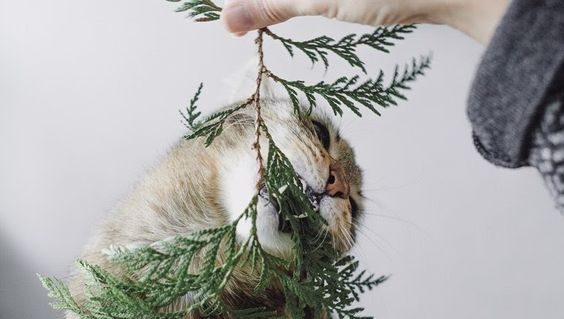
- Make sure the kitten has full access to fresh, clean drinking water. Always keep the bowl of water separate from the food saucer, making sure that both bowls are as far from the litter box as possible.
- The bowl of water should be low enough for the little kitten to drink comfortably from it. It is best to use ceramic dishes, as some kittens do not like to see themselves reflected in metal bowls.
- If your pet is reluctant to drink water, try larger dishes – many kittens hate it when their whiskers touch the edges of the bowl!
- After the cat stops feeding the kittens, they no longer need milk, so do not use it as a substitute for water. Moreover, some kittens and adult cats have milk intolerance and can often cause diarrhea. Even specially formulated kitten milk should not be served as a drink, but only as food or a treat. If you decide to give your kitten this kind of milk, make sure that it is perfectly suitable for your tiny pet’s sensitive stomach.
When to start feeding your kitten food for adult cats?
At 6-8 months, kittens may look like adults, but inside they are still babies. Their bones are still getting stronger and they continue to gain weight. Feed them a special nutritious food designed specifically for kittens until they are about 12 months old – the age when the pet will be able to switch to adult food without any problems.
